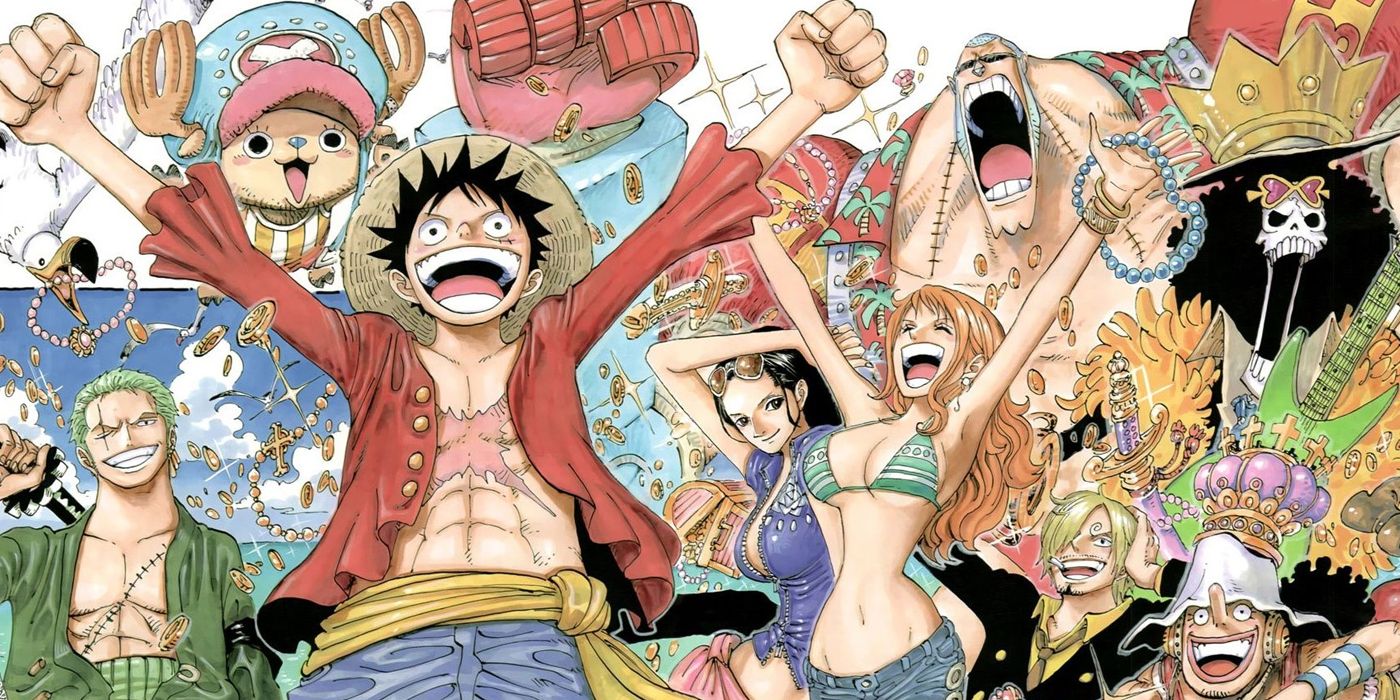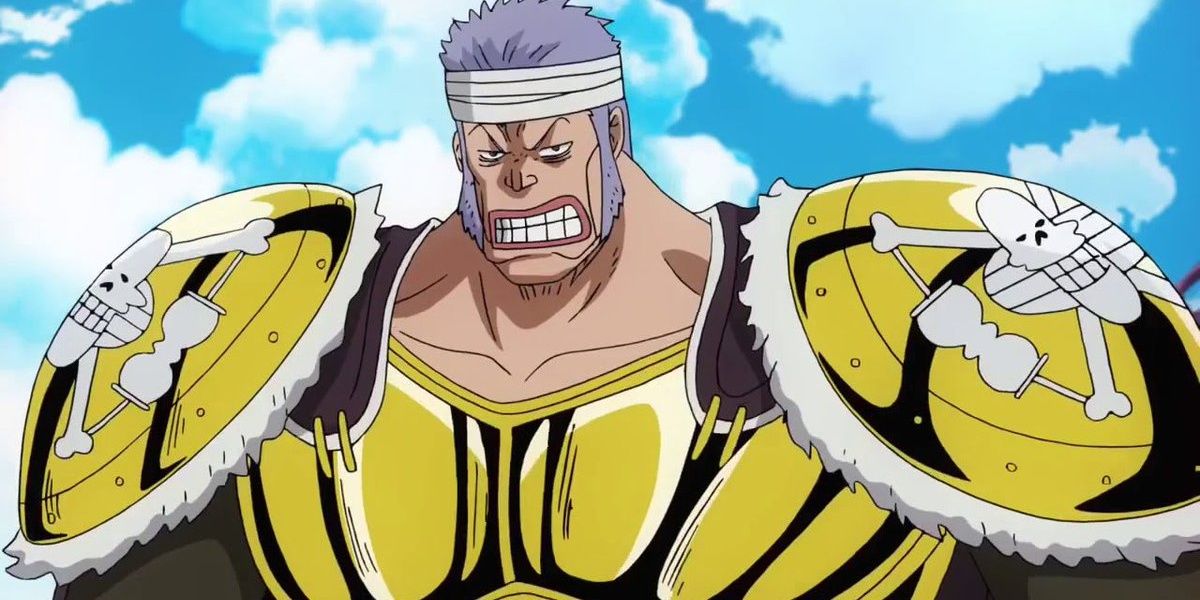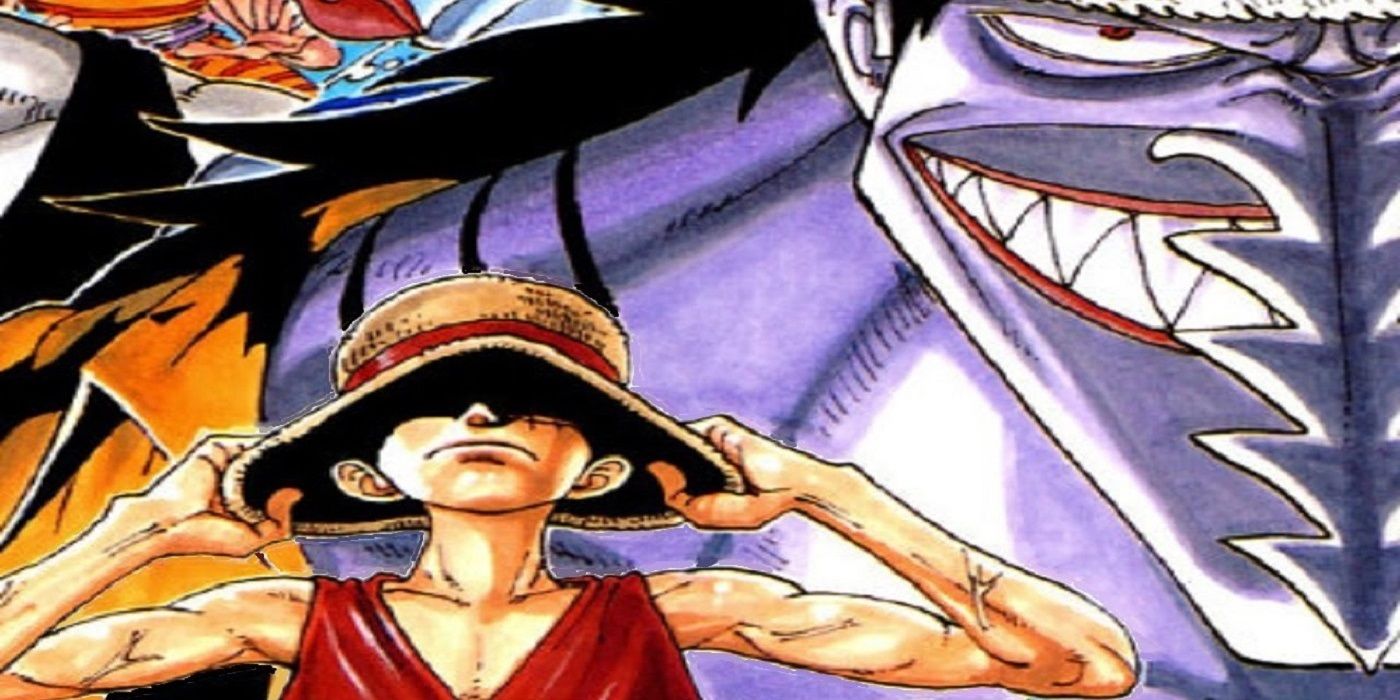Eiichiro Oda's One Piece is world-famous for many excellent storytelling techniques, from its heartfelt scenes of drama and heartbreak to its zany humor and expansive worldbuilding. Dialogue, scenes and maps all fleshed out One Piece's world, and that includes what the audience doesn't see. Not yet, at least.
One Piece used intriguing and clever techniques to build its world without even showing it back in the "East Blue" saga. At the time, pirate captain Luffy hadn't yet seen the famously dangerous Grand Line, but he met people who had been there, and it served as an ominous warning for what was to come. This built up One Piece's world, gave viewers something to look forward to, and added a much-needed ominous tone to the story.
How One Piece Scarily Foreshadowed The Grand Line Early On
Foreshadowing is one of One Piece's greatest strengths, with many lines of dialogue and cameos hinting at what is to come. This is usually done for characters, such as Monkey D. Dragon's cameo in Loguetown or hints of Blackbeard's crew in the "Drum Island" arc, but it also works for entire settings. In a way, the Grand Line was a huge character Luffy hadn't yet met in the "East Blue" saga, having not only its own name but also a personality thanks to its bizarre weather, dangerous islands and powerful pirate fleets. In some works of fiction, a setting is treated more like a character than a backdrop, and One Piece did just that -- complete with foreshadowing.
The single best example of this was the "Baratie" story arc, when Luffy's crew came across the Baratie ship with Sanji the chef aboard. This arc introduced two other parties that came from the Grand Line: Don Krieg's pirate armada and the famed swordsman Dracule Mihawk, a warlord of the sea. They acted like ambassadors of the Grand Line, speaking with both their words and actions to show what the Grand Line is really like.
Another example was in the "Arlong Park" arc, with Arlong's crew hinting at the true power of their race on the Grand Line, most of all at Fish-Man Island. They were almost literally big fish in a small sea in the East Blue, Grand Line-worthy foes serving as a warning to Luffy's crew about what kind of challenges he'll face in the world's most dangerous waters.
When Monkey D. Luffy Faces The Grand Line's Challenge Head-On
Despite being one of the "East Blue" saga's most powerful villains, the armored Don Krieg had suffered greatly in the Grand Line, along with his entire fleet. He had 50 ships and many men under his command, but they arrived at the Baratie in tatters, with the ships battered and the men in bandages. Krieg himself was bandaged and was haunted by his experiences in the Grand Line, so if a mighty fleet like that can't handle the Grand Line, how can Luffy's little crew manage it? That, combined with Dracule Mihawk's one-sided battle against Zoro, sent a clear message: stay away from the Grand Line. It loomed on the horizon like a terrifying storm, a formidable location whose nature and location were known, but little else.
Luffy's indirect experiences with the Grand Line served many purposes, from world-building via dialogue and maps to giving One Piece a feeling of suspense and dread while presenting the Straw Hats an exciting challenge to overcome. The Grand Line was a geographical nightmare, but the brave, optimistic Luffy was ready to charge right into its maw anyway, all so the story could continue and the foreshadowing could pay off.
It was scary but inspiring to watch Luffy charge headlong toward "certain" doom in the Grand Line, with readers knowing anything could happen -- and the more dangerous, the better. It was a big world out there, and Luffy and the viewers alike knew it before they even arrived at the Grand Line.



